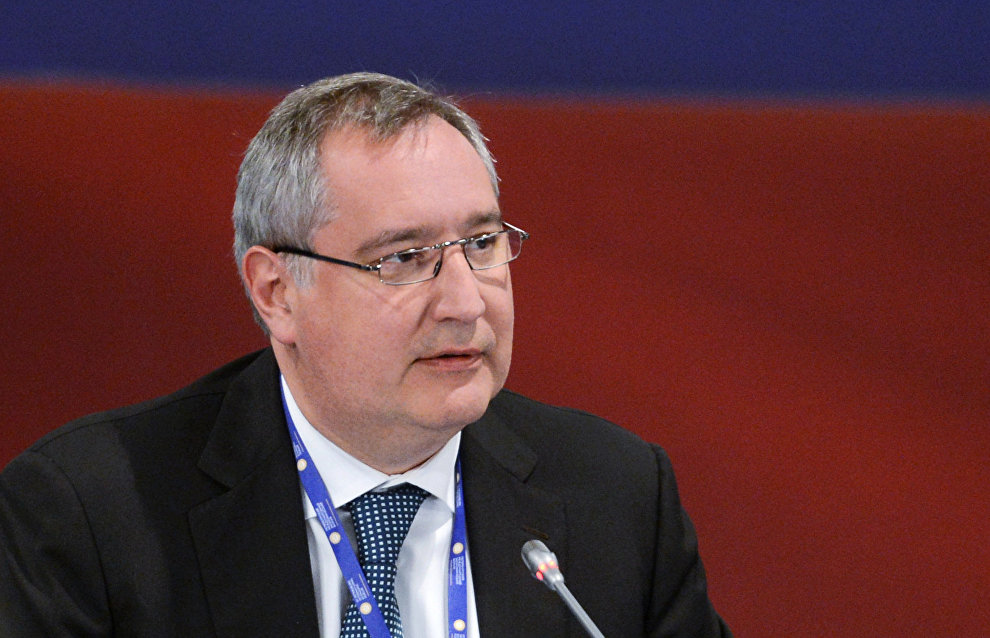Rogozin: We can only develop the atomic icebreaker fleet with assistance from the business community
Deputy Prime Minister Dmitry Rogozin said that in the current economic situation, business and the state need to work together to develop a new icebreaker fleet, TASS reported. Speaking at a meeting of the State Commission for Arctic Development at the port of Sabetta, Rogozin called for considering various forms of cooperation.
"Faced as we are with substantial budget constraints, it will be difficult to develop the atomic icebreaker fleet over the short term without business involvement," Rogozin said. "I propose discussing possible forms and conditions for public-private cooperation to achieve this ambitious objective."
Rogozin said that increased traffic on the Northern Sea Route makes it essential to think about organizing year-round navigation in these waters. This requires a comprehensive approach to ensure the provision of hydrographic, hydro-meteorological and cartographic information and reinforce measures to prevent oil spills.
"Icebreaker support has a big role to play in this context," Rozogin said. "It is very clear that we'll need new atomic icebreakers in addition to the three LK-60 ships currently under construction."
TASS reports that Rogozin will visit St. Petersburg on June 16, where he will inspect one of the most important construction stages for the icebreaker currently being built. "Everything is on schedule for now," he said, "We think though that we must be very firm about insisting on discipline at United Shipbuilding Company and all of its partners to make sure the icebreakers are completed on schedule."
Rogozin said the prospects for developing projects such as Yamal LNG-2 are intrinsically linked to the icebreaker fleet's development, including that of vessels such as the super-icebreaker Leader, the specifications of which make it possible to ensure year-round navigation for gas tankers and other large tonnage ships in both directions on the Northern Sea Route.
